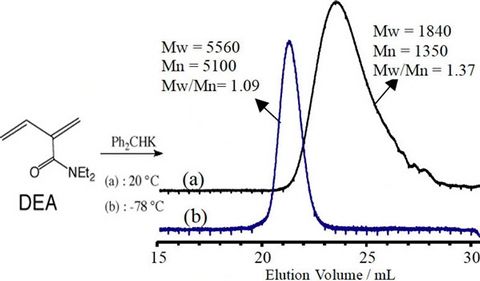4 巻
選択された号の論文の4件中1~4を表示しています
- |<
- <
- 1
- >
- >|
Regular Article
-
原稿種別: Regular Article
2008 年 4 巻 p. 1-6
発行日: 2008/12/30
公開日: 2008/12/30
PDF形式でダウンロード (909K) -
原稿種別: Regular Article
2008 年 4 巻 p. 7-11
発行日: 2008/12/30
公開日: 2008/12/30
PDF形式でダウンロード (168K) -
原稿種別: Regular Article
2008 年 4 巻 p. 12-22
発行日: 2008/12/30
公開日: 2008/12/30
PDF形式でダウンロード (454K) -
原稿種別: Regular Article
2008 年 4 巻 p. 23-29
発行日: 2008/12/30
公開日: 2008/12/30
PDF形式でダウンロード (1076K)
- |<
- <
- 1
- >
- >|


